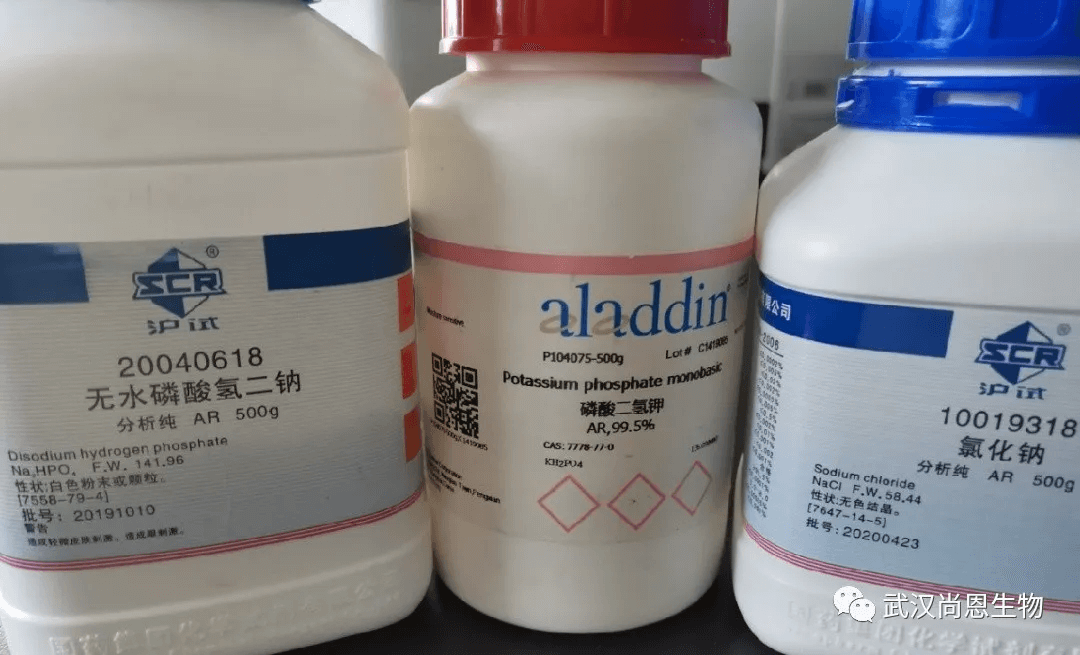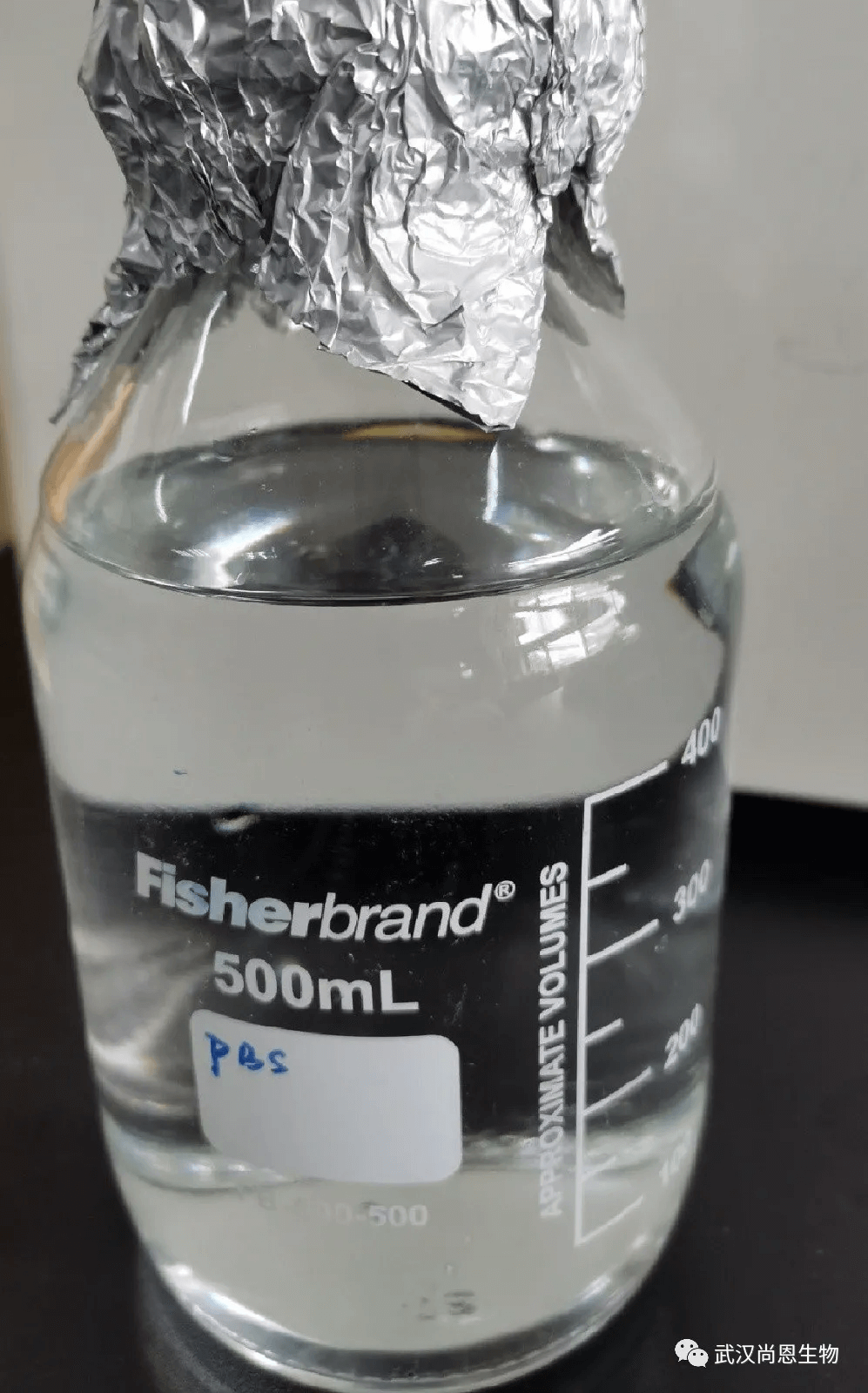Abstract: PBS is the most commonly used reagent in biological experiment and refers to phosphate buffer saline. As a solvent, it plays a role in solubility and protection. General active biological reagents are diluted by PBS. It has characteristics in salt balance, adjusting suitable pH and buffering pH etc.
Keywords: PBS, Biological Reagent, Dilution
1. How to choose from PBS, distilled water and stroke-physiological saline solution?
The distilled water can't be used in salt balance, which can destroy the structure and biological characteristics of biological protein; Stroke-physiological saline solution doesn't adjust pH, which can't ensure complete and active substances involve in biological process in the most suitable conditions.
PB and PBST solutions are also common in laboratory. PB solution usually consists of trisodium phosphate and tripotassium orthophosphate. Use PB solution for just a chemical reaction. Based on PB, adding NaCl by certain ratios can prepare PBS; PBST solution can be prepared by mixing trisodium phosphate, tripotassium orthophosphate, NaCl and Tween-20 according to some proportions.
2. Preparing Steps of PBS
Step 1: Prepare clean bottle and pure water required for PBS
Step 2: Confirm the amount of each component according to the required PBS concentration. Requirements of different labs vary. Thus, components and the amount used are also different. Take the cell sector for example. PBS components are outlined below:
| Reagent Name | g/L |
| KH2PO4 | 0.144 |
| NaCl | 9.0 |
| Na2HPO4 | 0.421 |

Step 3: Add the weighed drug into pure water for stirring till complete dissolution
Step 4: Adjust solution pH to about 7.4. Requirements for solution pH are not the same in different labs. Digestion of trypsin is mainly used in cell sector. The activity of trypsin is higher in alkaline environment. Thus, pH of cell sector can be higher. pH for general lab is between 7.2-7.4.
Step 5: Fix the required volume of prepared solution, then adopt high-pressure steam sterilization or 0.22um membrane filter for filtration and sterilization. High-pressure steam sterilization fits for sufficient time. 0.22um membrane filter can be used for urgent request. The effect is the same.
Step 6: Aseptic PBS can be obtained after the sterilized temperature decreases or filtration is completed. Store it in the refrigerator under 4℃ by tightening bottle cap and sealing with the parafilm.

3. Conclusion
PBS is the reagent frequently used in the lab. Although the preparation is simple, making great efforts in each step is the premise for obtaining the good experimental result.
